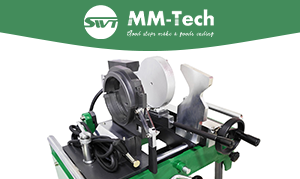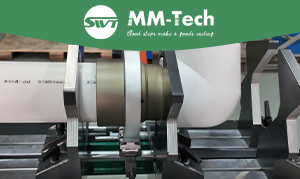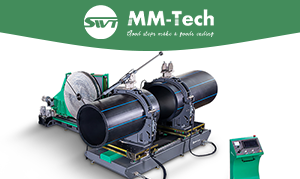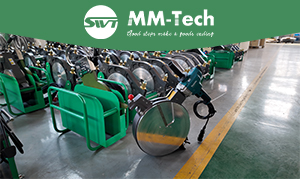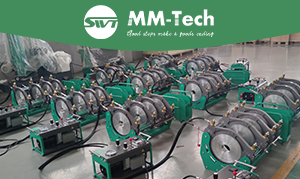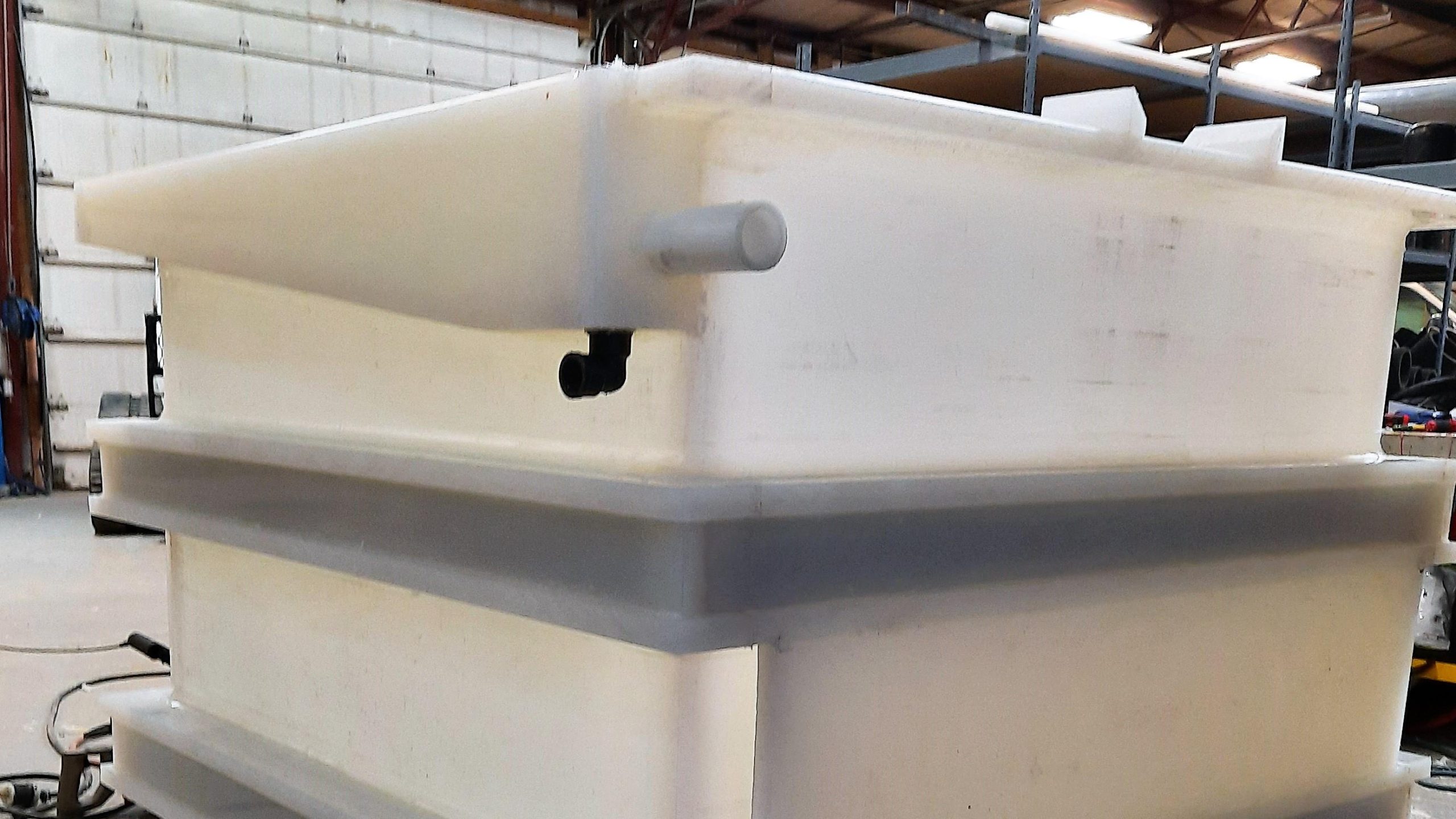
You may wonder about the steps in making a plastic square sink. Process Analysis helps you see how each step leads to a strong and long-lasting product. When you understand each part of the process, you can value the skill and care involved. Every detail matters. Quality and durability depend on careful work at every stage.
Key Takeaways
Pick the best plastic type and thickness for your sink. This helps make the sink strong and last longer. Cut and shape the plastic panels with care. This makes sure they fit well and do not have problems like warping or sink marks. Use the right welding methods to join parts together. This keeps the joints strong and stops leaks. Manual welding is good for small jobs. Mechanical welding works better for making many sinks at once. Add reinforcement bars to the sink walls. This keeps the walls straight and strong. It also helps the sink last longer. Follow strict quality checks and final inspections. This helps find problems early and makes sure the sinks are high quality.
Material Selection
Plastic Types
When you choose a plastic square sink, you need to know the different types of plastic materials. Each type has special features that make it suitable for certain uses.
Polyethylene (PE): This plastic is strong and flexible. It resists many chemicals, so you often see it in chemical storage sinks. High-density PE (HDPE) gives you more strength, while low-density PE (LDPE) offers more flexibility.
Polypropylene (PP): PP stands out for its high strength and heat resistance. You can use it in places where the sink faces hot water or strong cleaning agents. It also resists many chemicals.
Polyvinyl Chloride (PVC): PVC is tough and stable. It works well in construction and drainage systems. You get a good balance of price and performance.
Polytetrafluoroethylene (PTFE): PTFE gives you the best chemical and heat resistance. You find it in special sinks for labs or factories with harsh chemicals.
Acrylic: Acrylic sinks are light and easy to install. They do not rust or corrode. However, acrylic can scratch or stain more easily. It does not handle heat or chemicals as well as other plastics. You might use acrylic for utility sinks, but it may not last as long in tough environments.
Tip: Always match the plastic type to your needs. For example, use PTFE for strong acids, or PP for food processing.
Thickness and Application
The thickness of the plastic panels affects how strong and durable your sink will be. You need to pick the right thickness for your application.
Thicker walls give you more strength and help the sink hold heavy loads.
If the walls are too thick, the sink may cool unevenly during production. This can cause warping or sink marks.
Very thick sections can trap air bubbles or create weak spots.
Uniform wall thickness helps prevent defects and keeps the sink strong.
Most plastic sinks use wall thickness between 1.5 mm and 4.5 mm. This range balances strength and easy manufacturing.
For chemical storage, you may need thicker panels. For food or light use, thinner panels work well.
Application Area | Recommended Material | Typical Thickness (mm) |
|---|---|---|
Chemical Storage | PE, PP, PTFE | 8–20 |
Food Processing | PP | 3–10 |
Construction/Drainage | PVC, PE | 4–10 |
Remember: The right thickness and material keep your sink safe, strong, and long-lasting.
Welding Techniques
Welding connects the plastic panels of your square sink. The right welding method keeps your sink strong and leak-proof. You can pick manual welding or mechanical welding. Mechanical welding includes vertical or bending welding. Each method has its own good points.
Manual Welding
Manual welding uses tools like a hot air gun or extrusion gun. You control the tool by hand. This method is good for small batches, repairs, or custom sinks. You can change your technique for hard spots or special shapes.
Aspect | Manual Welding | Mechanical (Robotic) Welding |
|---|---|---|
Flexibility | High; skilled operators can adjust on the spot; good for custom/complex welds | Lower; requires programming but consistent once set up |
Speed (welds per minute) | 18-20 | Up to 35 |
Arc Time Efficiency | 10-30% | 50-90% |
Consistency | Variable; prone to human error and fatigue | High; consistent quality from first to last weld |
Precision | Limited; subtle differences between parts | High; accuracy up to 0.75 mm (0.030 inches) |
Suitability | Small batches, repairs, artistic/custom work | High-volume production, repetitive tasks |
Limitations | Slower, less consistent, exposure to hazards | High upfront cost, less flexible for quick changes |
Manual welding lets you be flexible. You can fix mistakes or work on special designs. But you might see small changes between welds. The process takes longer and needs skill. Manual welding is best for unique jobs or when you need fast changes.
Tip: Manual welding is easy to move and cheap for small jobs, but it may not make the strongest or most airtight seals for big sinks.
Vertical and Bending Welding
Mechanical welding, like vertical and bending welding, uses machines to join panels. You set up the machine, and it repeats the welds with high accuracy. This method is best for big batches and standard designs.
Vertical welding uses less heat and makes smooth, even welds.
Bending welding shapes the panels before joining, which helps stop warping.
Changing weld directions and using skip welding spreads out the heat, so your sink stays straight and strong.
Clamping and tack welding hold the panels in place, so you get a perfect fit.
Beveling the edges before welding makes each joint stronger.
Mechanical welding gives you fast, steady results. You get strong, leak-proof seams every time. New technology, like AI and sensors, helps machines adjust as they work. This lowers mistakes and makes things faster. You can trust mechanical welding for big jobs and when every sink must meet strict rules.
Note: Vertical and bending welding help your square sink keep its shape and strength by controlling heat and stress during the process.
Pipe Fitting and Reinforcement
Pipe Welding
For plastic pipes and fittings with a diameter of less than 63mm on the tank body, welders usually drill holes directly on the plate surface according to the pipe diameter, and then weld with a hot air gun, spot nozzle, and quick nozzle. However, it is recommended to use a hot-melt socket welding machine here. Professional pipe welding machines can accurately control the temperature, making the welding between plastic pipes and plates tighter, the welding process more refined and beautiful, and further improving the welding quality and sealing, which is especially suitable for connecting PP, PE and other plastic pipes.
Reinforcement Bars
Reinforcement ribs are protruding parts fixed on the outer side of the plastic tank. Their main function is to ensure that the tank can withstand a certain pressure and is not easy to deform. Reinforcement ribs usually use the same plastic material as the tank. The welding method also uses a hot air gun and an extrusion welding gun. During the welding process, accessories such as plastic welding rods and fixing fixtures are used. These accessories help ensure the welding firmness and position accuracy of the reinforcement ribs, form a good overall structure with the plastic tank, and enhance the compressive performance of the sink.
In conclusion
Every link in the manufacturing process of plastic square sinks is crucial. Only by reasonably selecting plastic materials and welding methods and standardizing the operation process can we produce plastic square sinks with reliable quality and excellent performance.
FAQ
What plastic is best for a chemical-resistant square sink?
You should choose PE or PP for most chemicals. For very strong acids or high temperatures, PTFE works best. Always match the plastic to your needs.
How do you make sure the sink does not leak?
You need to use proper welding methods. Mechanical welding gives you strong, even seams. Always check for leaks during the final inspection.
Can you use a plastic square sink for food processing?
Yes, you can. PP is a safe choice for food contact. It resists bacteria and cleans easily. Make sure the sink meets food safety standards.
How do you clean and care for a plastic square sink?
Use mild soap and water. Avoid harsh chemicals or rough scrubbers. Dry the sink after cleaning to keep it looking new.
Why do you add reinforcement bars to the sink?
Reinforcement bars help your sink stay strong. They stop the walls from bending or bulging. You can trust your sink to last longer with these bars.


